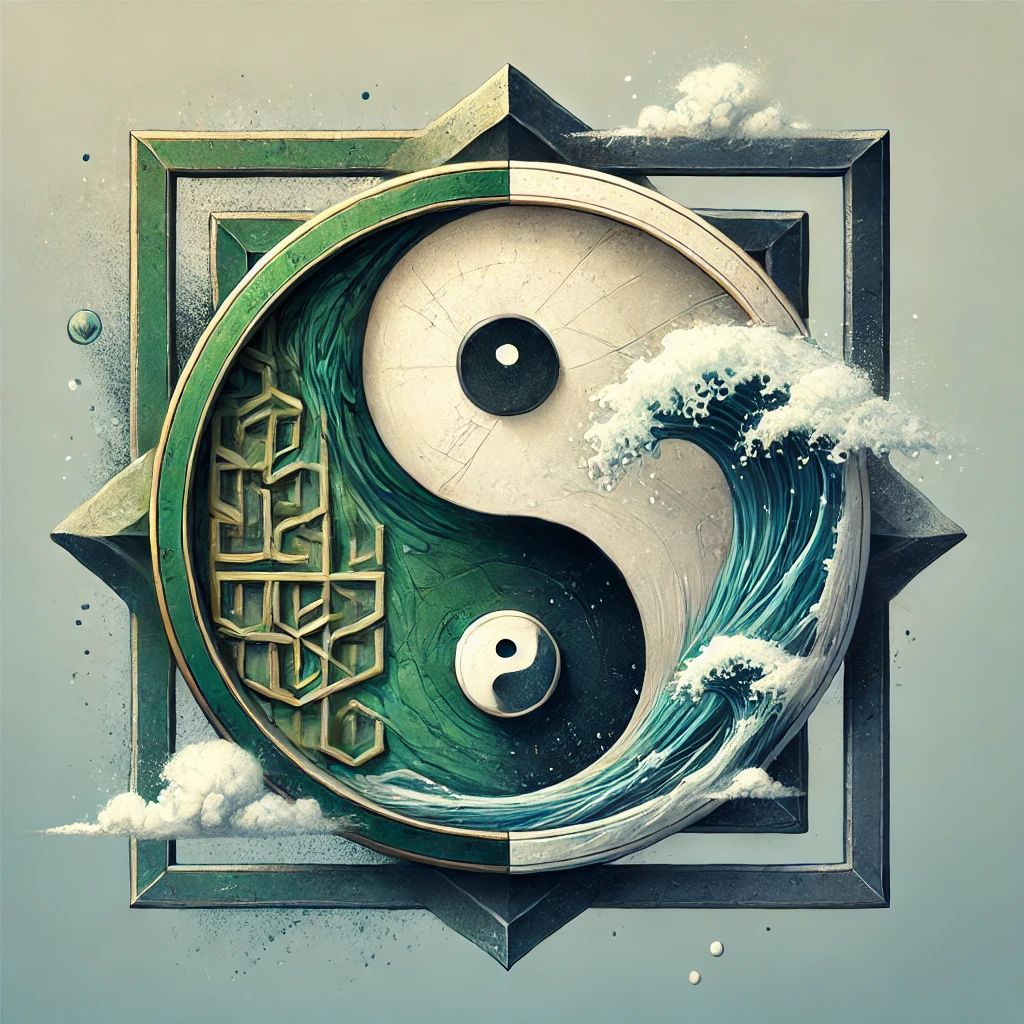Unfolding Staoicism: Embracing the Stream
Dive deeper into the heart of Staoicism as we continue exploring its wisdom, one layer at a time…
This week: Living in the Present: Cultivating Clarity and Presence with Kronao [ … ]
Roots of the Flow: Staoicism's Origins

Exploring Taoist Texts: Insights from Laozi’s Tao Te Ching and Zhuangzi’s Teachings
Discover the wisdom of Taoism through the timeless teachings of Laozi and Zhuangzi. This post delves into the essence of the Tao Te Ching and the philosophy of Wu Wei, exploring how these ancient ideas can bring balance, simplicity, and calm to modern life. Together, we’ll uncover how Staoicism blends these Taoist principles with Stoic resilience to create a path of mindful harmony.

Core Principles of Taoism: The Tao, Wu Wei, and the Balance of Opposites (Yin-Yang)
Imagine a life where action flows effortlessly, where balance and harmony guide your steps, and where peace arises from acceptance rather than control. In Staoicism, core Taoist principles like the Tao (the Way), Wu Wei (effortless action), and Yin-Yang (the balance of opposites) offer a path to mindful and resilient living. These timeless concepts teach us to align with life’s natural rhythms, embrace ease over force, and find strength in harmony. Join us as we explore how these principles can transform your everyday experience, guiding you to live with greater calm, purpose, and balance.

What is Taoism?
Taoism, an ancient philosophy rooted in Chinese culture, invites us to embrace “The Way”—a path of harmony, balance, and effortless flow. Unlike approaches that focus on control and ambition, Taoism teaches the power of “Wu Wei,” or non-forcing, urging us to align with the natural rhythms of life. Through concepts like Yin and Yang, simplicity, and mindful presence, Taoism provides a timeless guide to living with grace, acceptance, and inner peace. Dive in to discover how this gentle wisdom can offer balance and serenity in today’s fast-paced world.



